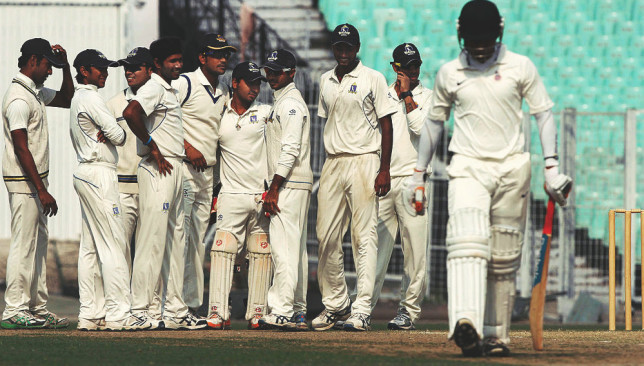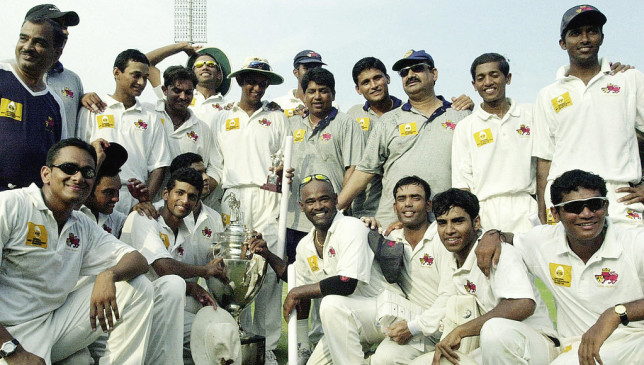
In a sudden and unanticipated move aimed at bettering domestic Indian cricket, the BCCI’s technical committee recently put forward a recommendation to schedule all Ranji trophy matches at neutral grounds. This occurred as an aftermath of growing concerns regarding doctoring of pitches by home teams, largely on the back of game between Himachal Pradesh and Kerala at Mallapuram last season that lasted just two days.
While the convention of exploiting home advantage by creating tracks to suit the host state’s cause has been prevalent for a long time, the alarming regularity of the practice has been regarded by many as potential grave-diggers for first-class cricket. It is a rampant procedure around the world, with the ICC mulling over ways to curb the menace in Test cricket.
The proposal, although understandable from the BCCI’s standpoint, has naturally polarised opinion with one faction upholding the decision and the other considering it a desperate ploy. As the debate continues, we look at the advantages and disadvantages to both sides of the story.
PROS

Will Mumbai’s dominance at home come to an end?
Needless to say, home advantage, that has dominated the domestic circuit for years, will be effectively done away with. If the working committee of the Board gives it the go-ahead, the era of home teams dictating the course of the match may be brought to an end.
In the existing system, teams play four out of eight group matches at home, with many of them resorting to rolling out under-prepared pitches to suit their squad. The perilously spinning track during the Himachal Pradesh-Kerala match is a testament to that habit. Neutral venues will rule out any home favour and should deliver a more balanced contest.
Furthermore, this offers a glimmer of hope for players who find themselves on the sidelines more often than not, in favour of a squad built to perform on specific conditions. As Himachal Pradesh batsman Robin Bisht put it; “Now the selectors will have to pick a more balanced side. They just can’t pick a fast bowler or a spin-heavy attack for their home games. They will have to pick a more balanced side because they will not know what kind of tracks the team will get on a neutral venue.”
CONS
There are several nagging issues that question the feasibility and long-term benefit of the proposed system. The implementation of the technical committee’s proposal would imply that Bangalore, Mumbai or Delhi fans will never be able to watch a KL Rahul, Rohit Sharma or Virat Kohli in action in front of their respective home crowds.
Given the fact that the domestic matches draw scant crowds ground anyway, the numbers will likely suffer more on neutral venues. Considering the substantial amount of cash that Associations spend on maintenance of the stadiums, logistical complications are bound to arise from a diminishing head count inside the grounds.
As for the players, the local connect and sense of belonging might end up being things of the past. According to former Mumbai skipper Ajit Agarkar; “I’m not a big fan of playing all games someplace else. I have many fond memories of playing for Mumbai. Being a Mumbai guy, I want to play some games at home at least.”
Moreover, the amount of travel that the execution of this plan will entail brings to the fore an issued of fatigue and players’ increased susceptibility to injuries. Particularly, considering the already sparse number of physically fit talent in the fast-bowling reservoir, this issue isn’t something that deserves to be taken lightly.
[interaction id=”57551dfb07f9e850087e9599″]
SUMMARY
The argument that a middle-ground could have been reached with neutral curators being appointed for preparing tracks – or even BCCI curators overseeing the process – instead of moving matches to neutral venues has received some backing. However, with politics being an intrinsic part of Indian cricket, how much of that plan will be actually exercised remains a doubt.
Despite it appearing quite drastic and damaging to the traditional aspects of the game, what Sourav Ganguly & Co. advocated might be the solution, even if it’s only a short-term one. Although unlikely, the ICC can take a leaf out of BCCI’s book to address the issue on an immediate basis.